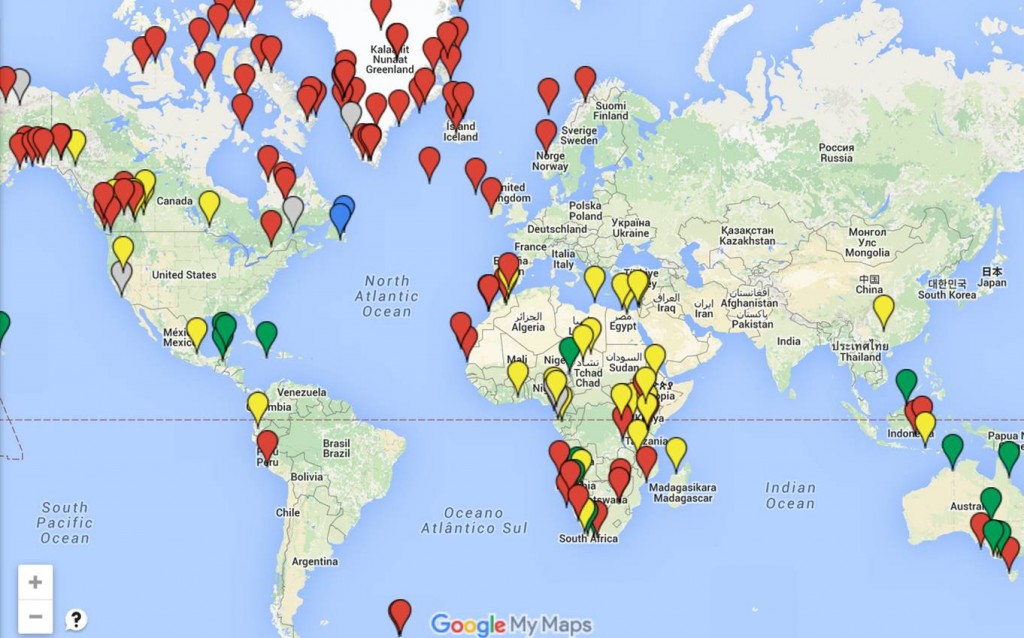Project team: Dr. Sebastian Luening, Prof. Dr. Fritz Vahrenholt (authors of ‘The neglected sun‘)
Project
Cartography of the Medieval Warm Period: Online atlas of a poorly understood warm phase
About 1000 years ago, large parts of the world experienced a prominent warm phase which in many cases reached a similar temperature level as today or even exceeded present-day warmth. While this Medieval Warm Period (MWP) has been documented in numerous case studies from around the globe, climate models still fail to reproduce this historical warm phase. The problem is openly conceded in the most recent IPCC report from 2013 (AR5, Working Group 1) where in chapter 5.3.5. the IPCC scientists admit (pdf here):
The reconstructed temperature differences between MCA and LIA […] indicate higher medieval temperatures over the NH continents […]. . The reconstructed MCA warming is higher than in the simulations, even for stronger TSI changes and individual simulations […] The enhanced gradients are not reproduced by model simulations … and are not robust when considering the reconstruction uncertainties and the limited proxy records in these tropical ocean regions […]. This precludes an assessment of the role of external forcing and/or internal variability in these reconstructed patterns.
Surprisingly, the media have not picked up on this important issue. Maybe because the information is hidden in small print on page 415 of the voluminous report and omitted in the Summary for Policy Makers? The implications of the mismatch of model vs. reality may be serious: It is common practice in all fields of modeling to test models first on existing data, i.e. a known development, before using them as predictive tools. Models first have to pass the ‘hind cast’ or ‘history match’ before they qualify to be used for predictions. According to the IPCC, the climate models seem to have failed this test, appear to be on the road without driving license – so to speak – and are therefore unfit for future climate predictions.



